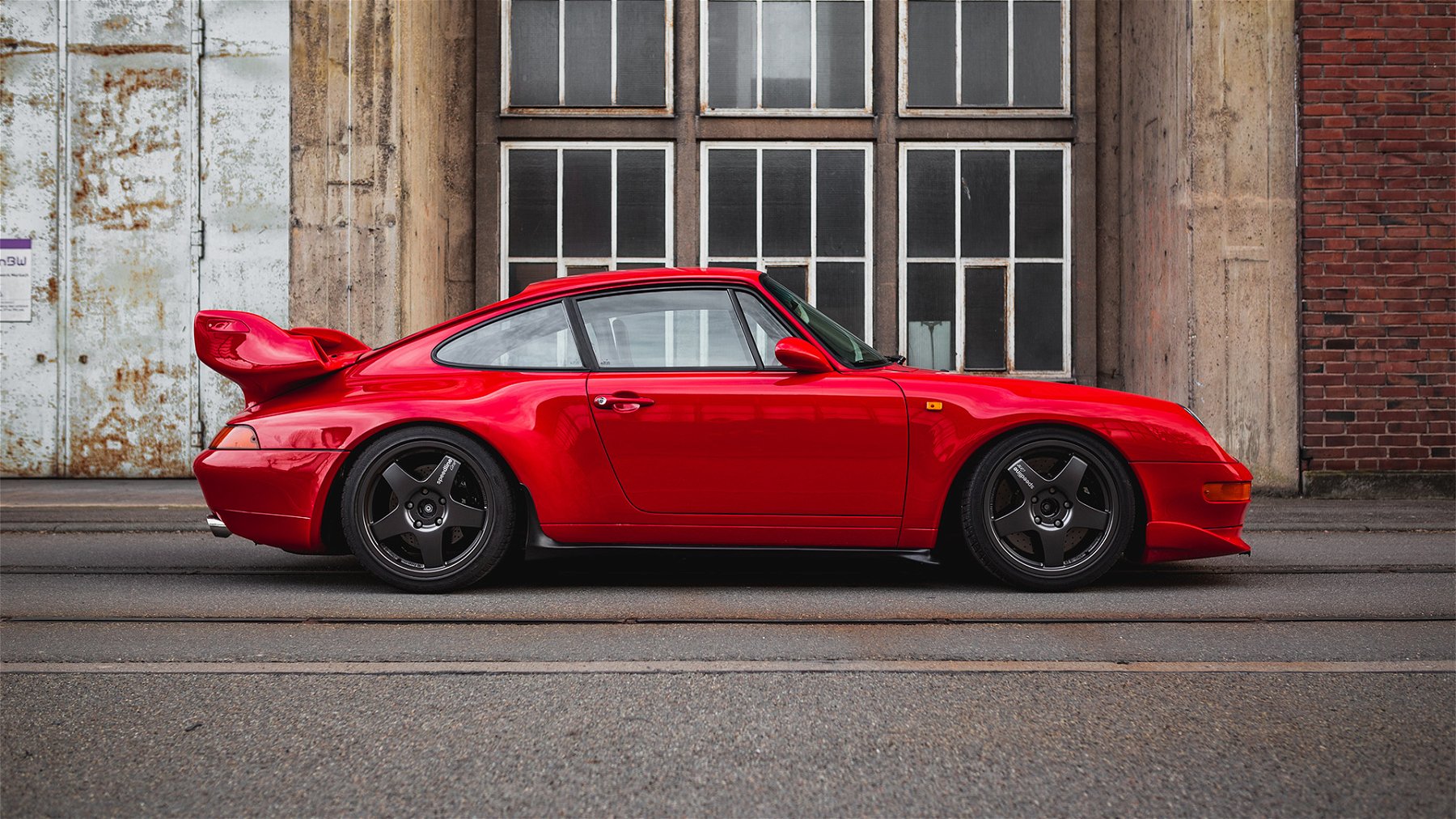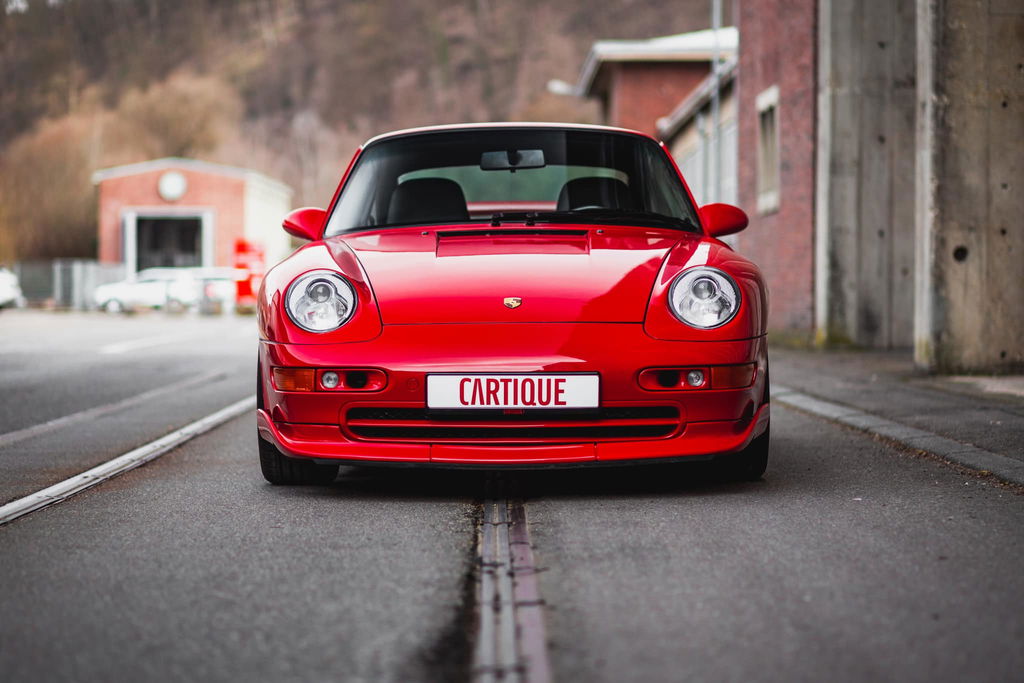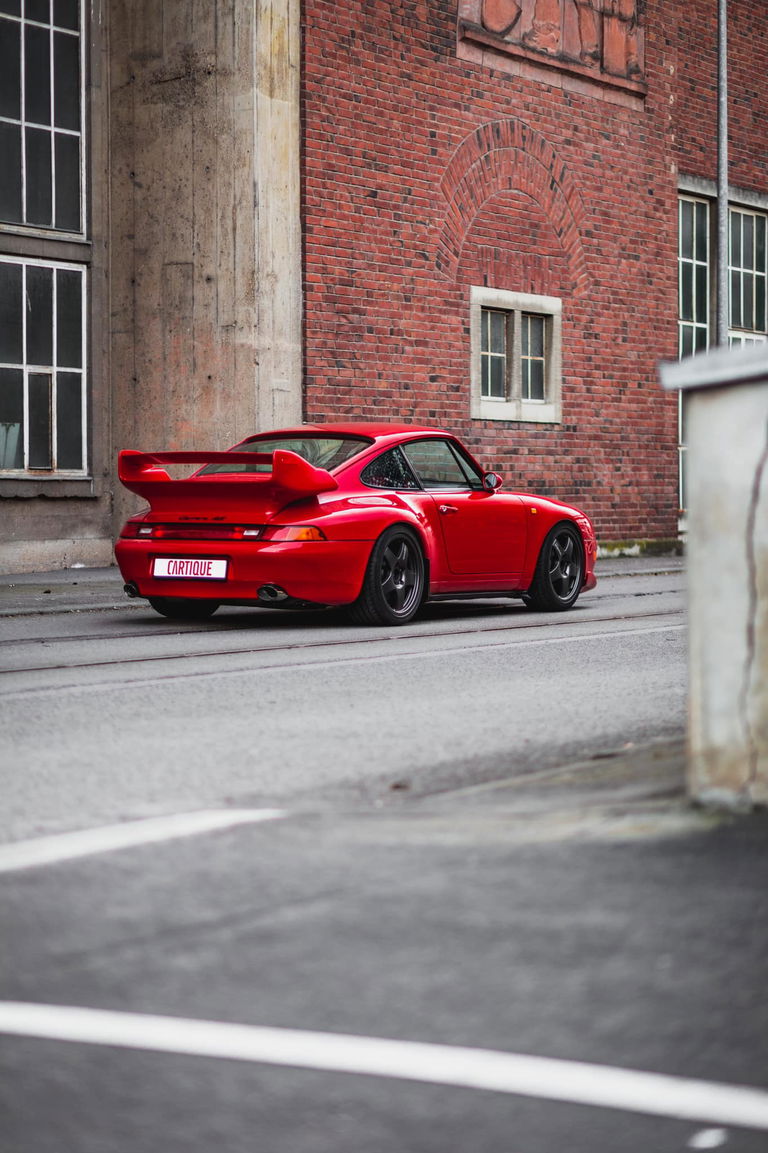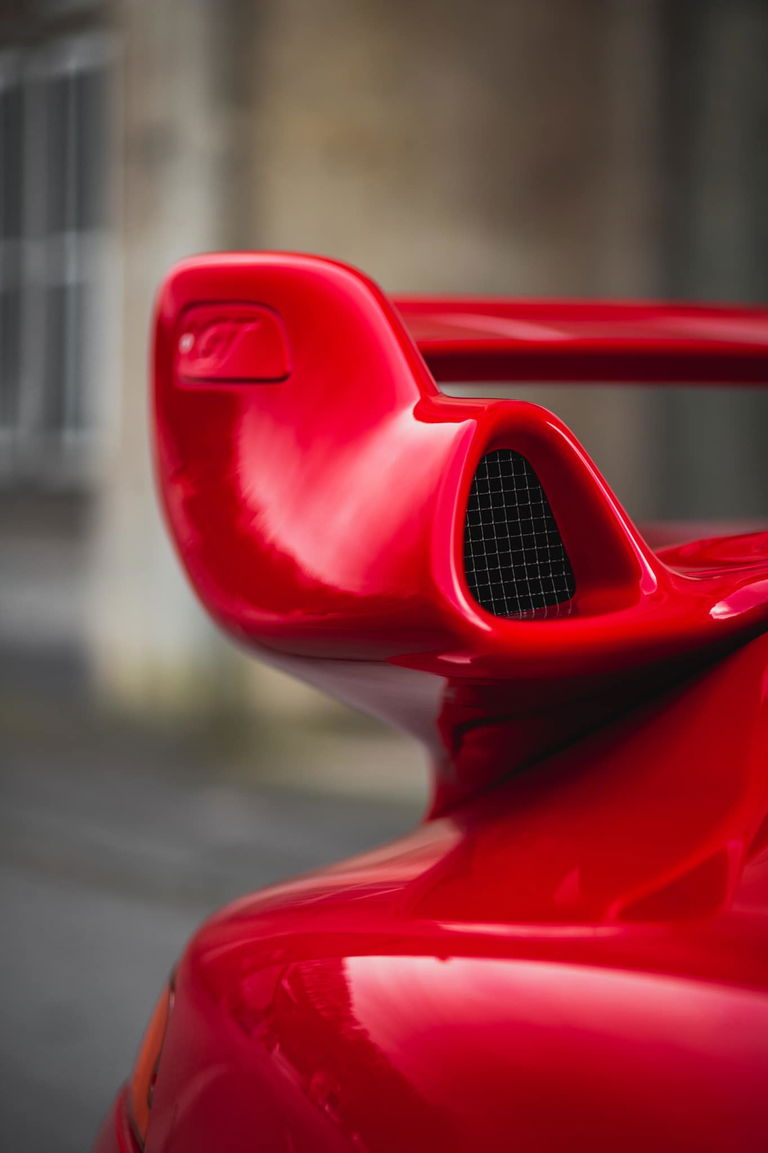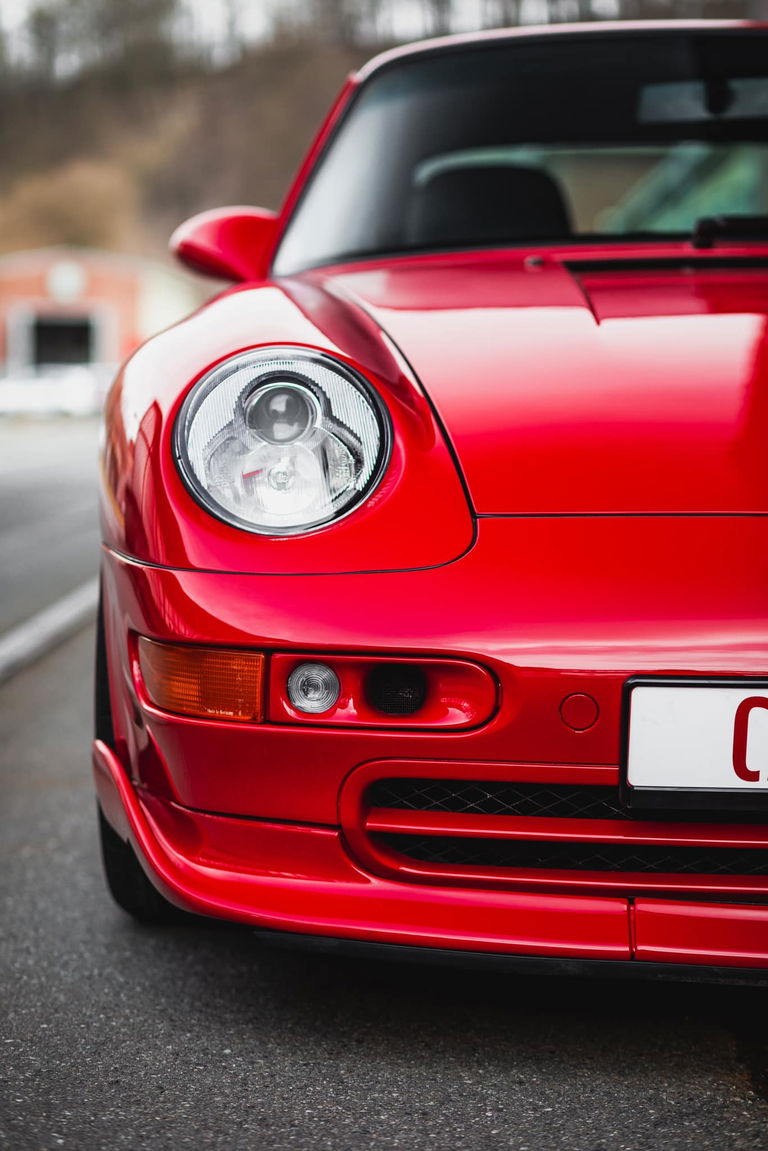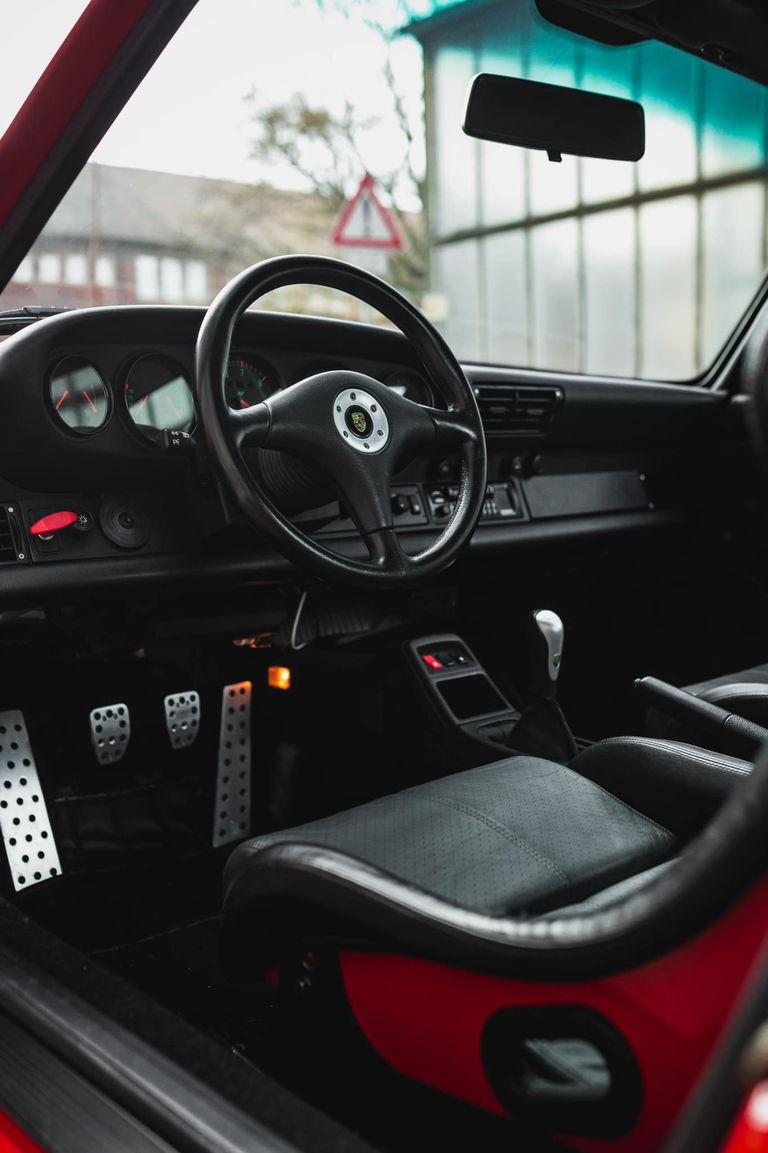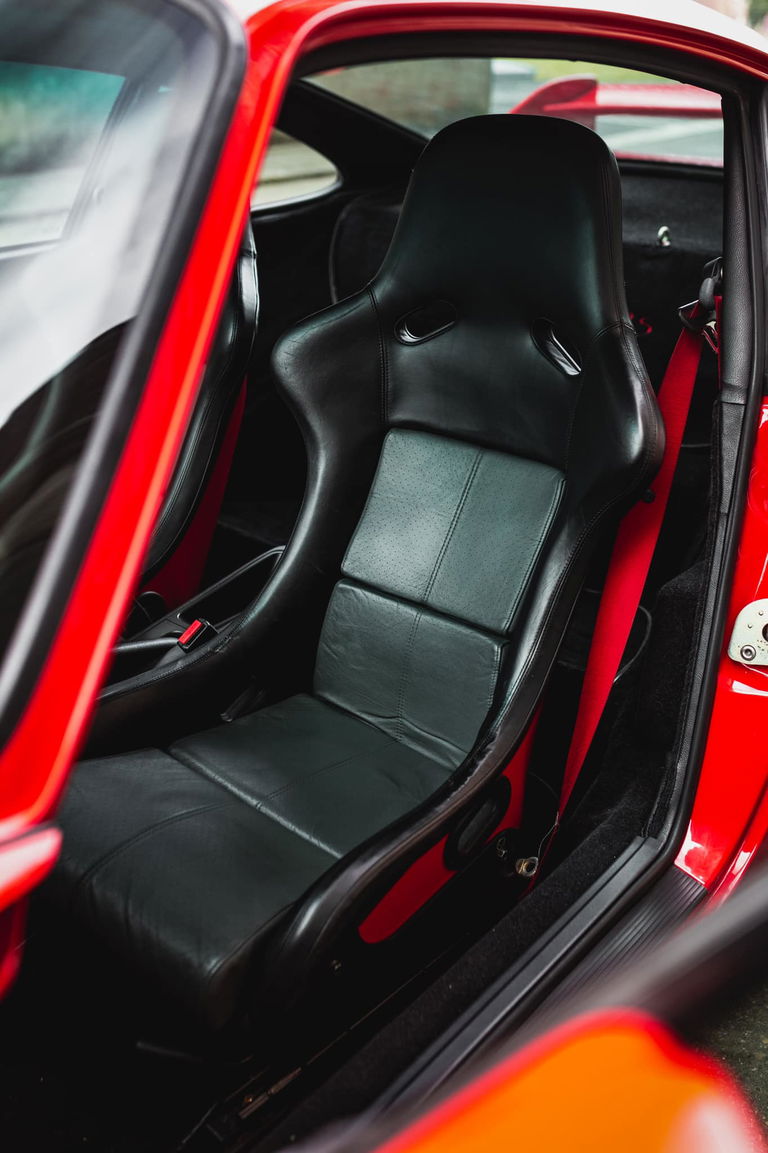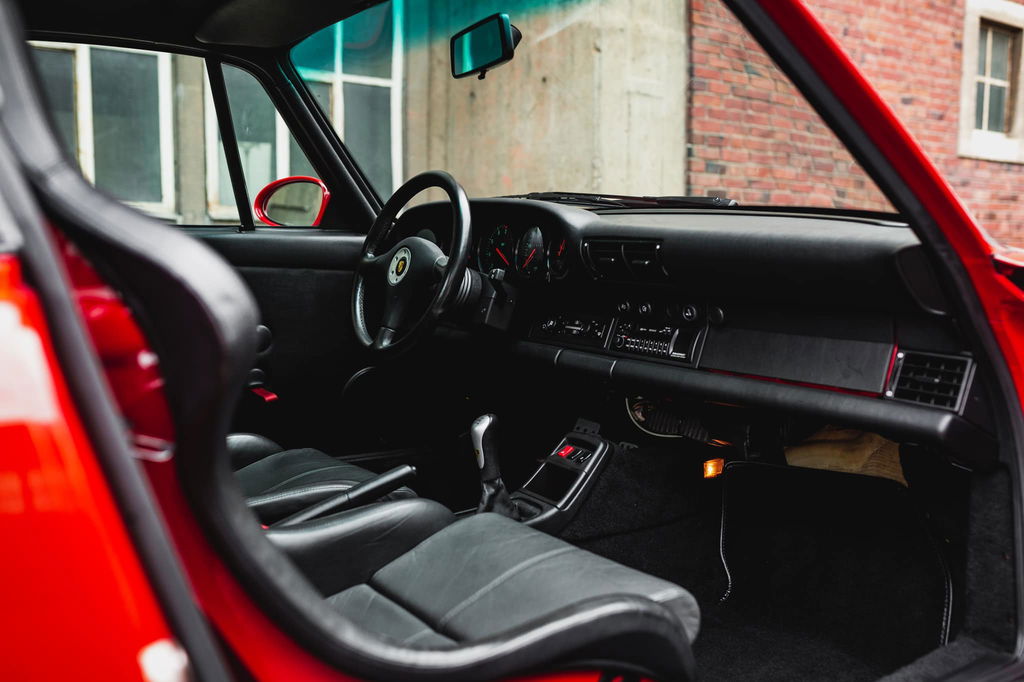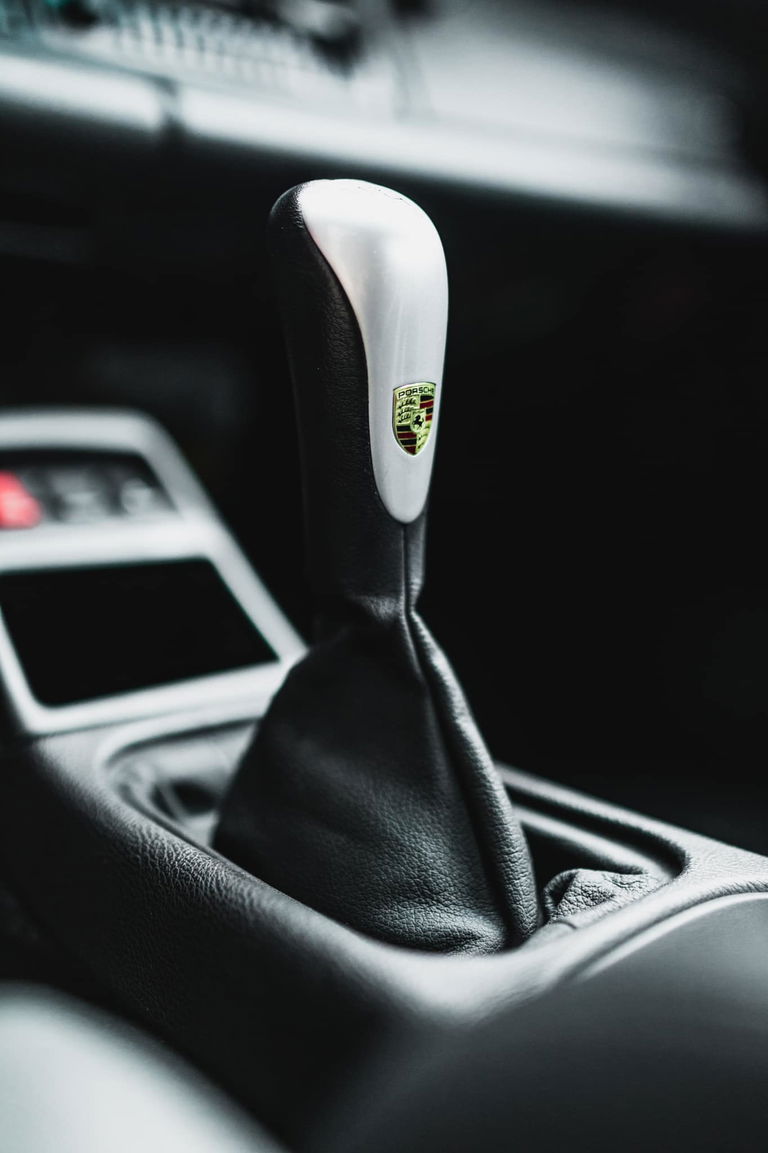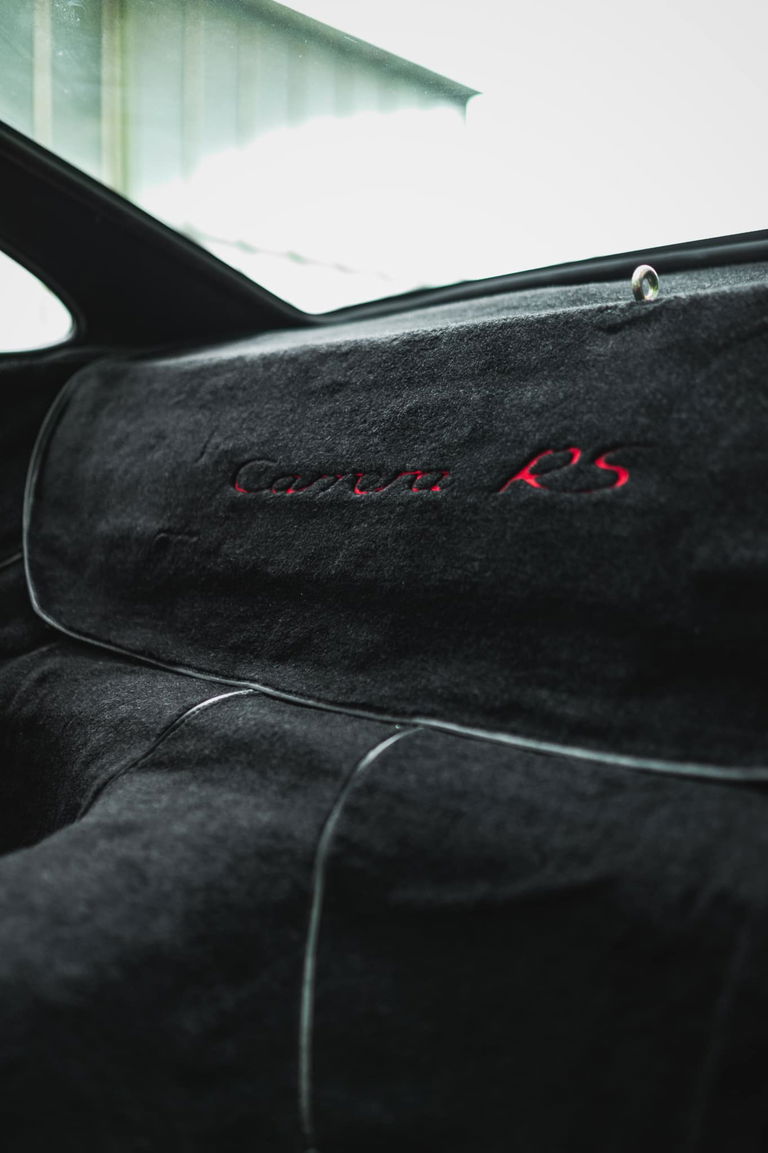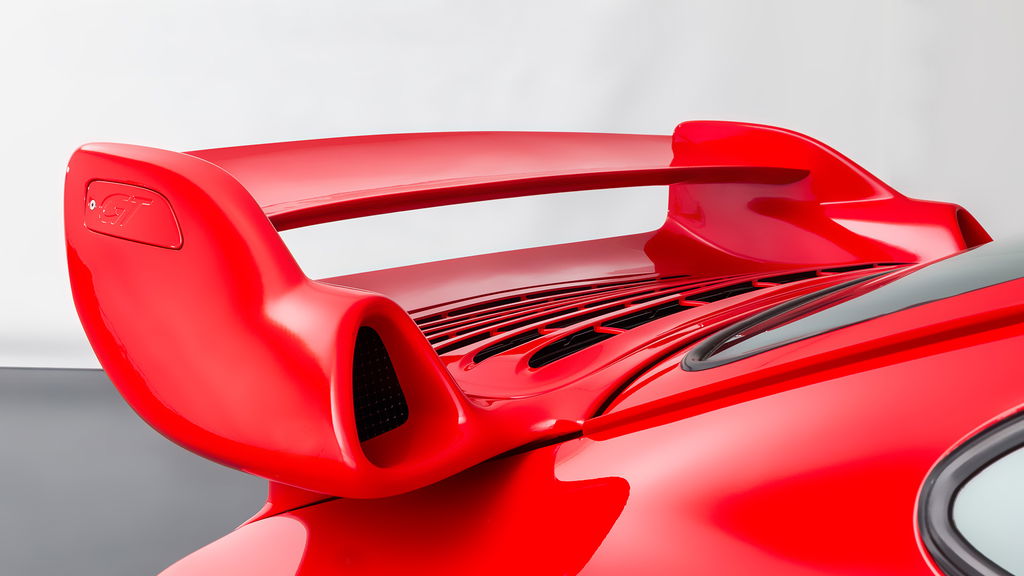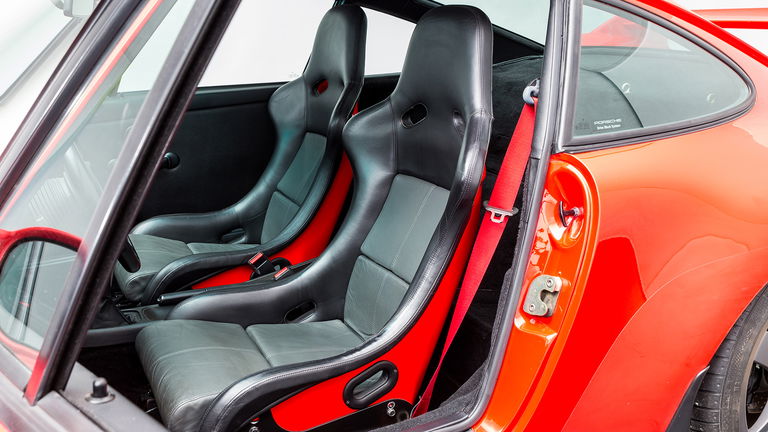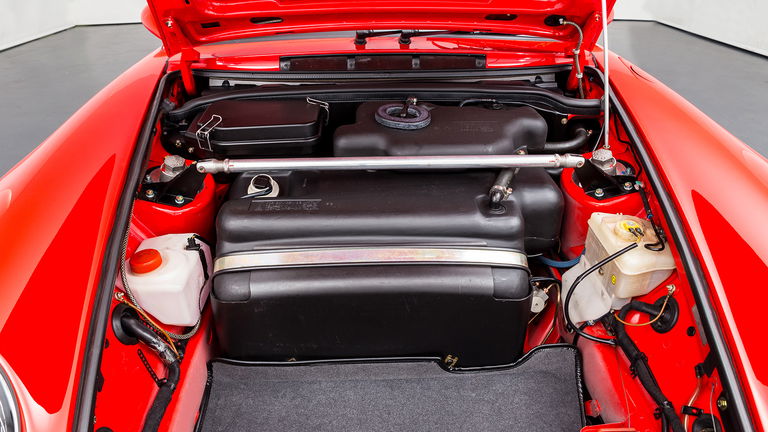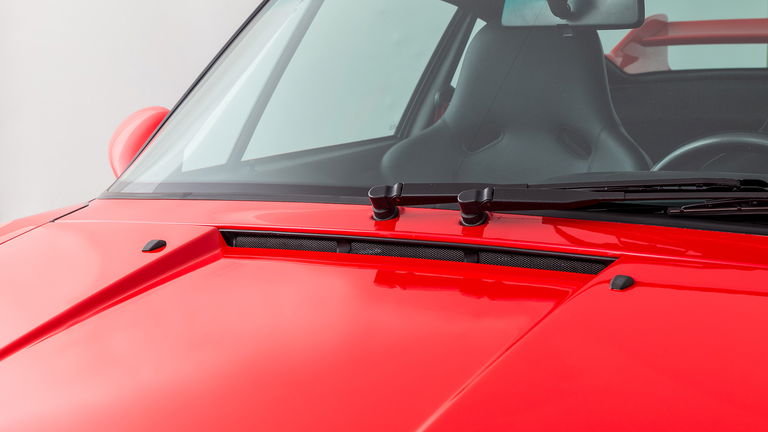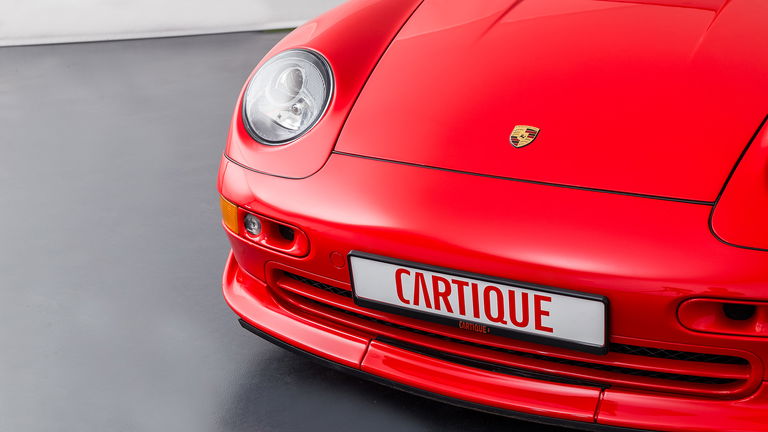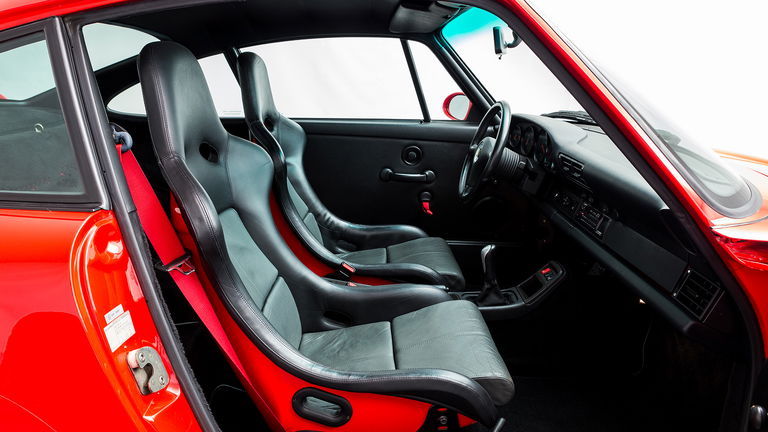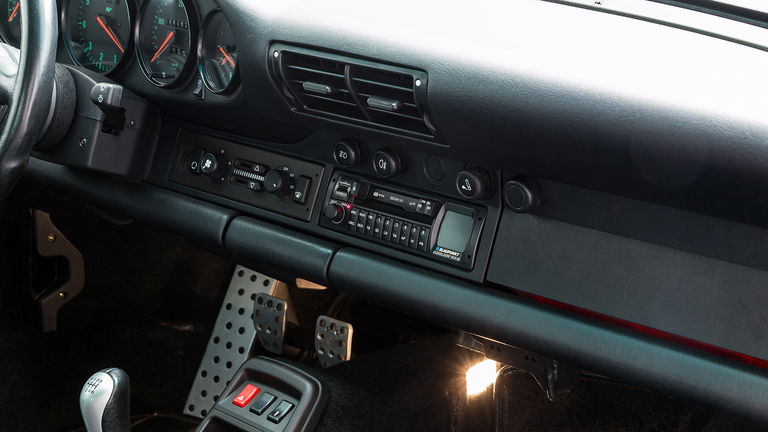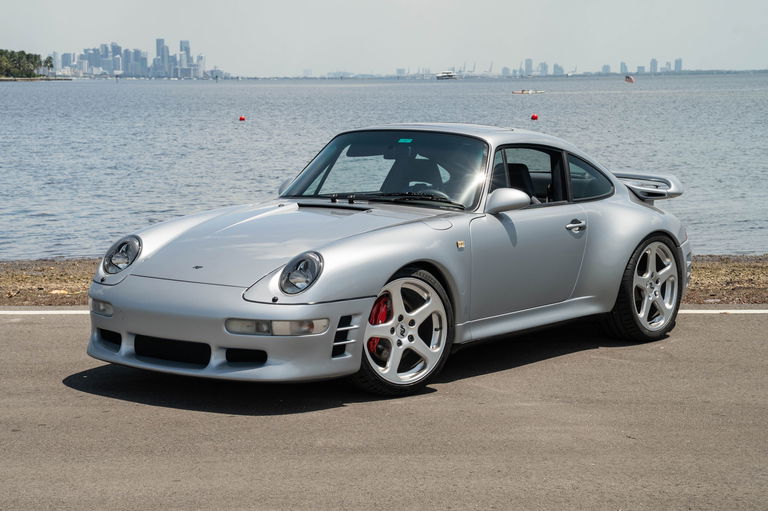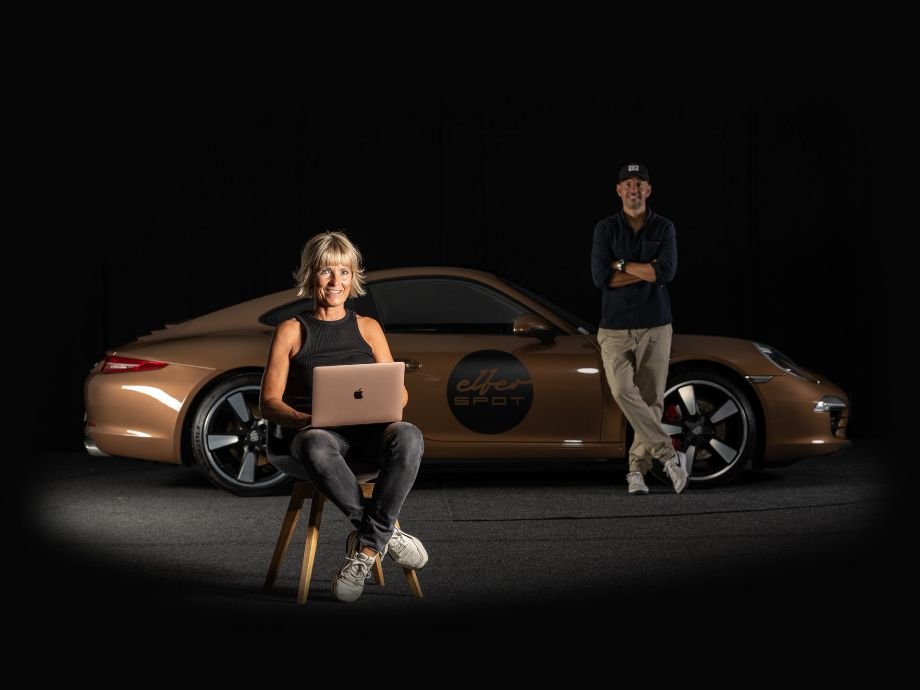The Porsche 993
One thing is certain, and not only for fans of the Zuffenhausen sports car: the fourth generation of the 911, the Type 993, is one of the most desirable versions in the history of this classic. Although practically only the roof line remains unchanged, the new model from 1993 inspires with an exciting interpretation of the 911 design DNA. The organic interplay of concave and convex shapes, integrated bumpers and flush-mounted windows, as well as the wide rear end with its angled light strip inspire almost every sports car fan. Even the flatter front fenders, made possible by new polyellipsoid headlights, quickly find broad acceptance. The 993 also underscores its exceptional position in the sports car segment in terms of technology – for example with the completely redesigned aluminum LSA chassis. It combines lightweight construction, stability and agility. To this day, the multi-link suspension is considered the ultimate development stage of the "Weissach" rear axle, which made history with its self-steering properties. The result: even more driving dynamics and further improved suspension comfort. The new generation also sets standards when it comes to drive: the 911 Turbo with standard all-wheel drive uses two turbochargers in 1995. The yield: 408 hp. At the same time, the 3.6-liter biturbo impresses with the lowest exhaust emissions of all series engines of its time. In the rear of the two-wheel drive 911 GT2, which is limited to 100 units, it even delivers up to 450 hp. Initially, Porsche only offered the 993 as a coupe and cabriolet. The Targa didn't make its debut until 1995, but with a new concept: Instead of a removable roof section, it had a large glass roof that could be lowered electrically under the rear window. There is also another body variant as a standard model: the all-wheel drive Carrera 4S – followed shortly afterwards by the Carrera S – combines the wide body and chassis of the 911 Turbo. Only the rear wing remains outside. The six-cylinder boxer provides another reason why the 993 is so popular with collectors and fans of this series: As the last 911 unit, it relies on classic air cooling. Initially 272 hp, the two-valve engine – again equipped with a double ignition – already delivered 285 hp from 1995. On request, Porsche will provide a 300 hp variant. The manual transmission is also new: In order to cover the speed range, which now extends to more than 270 km/h, without restricting the power development of the engine with a long gear ratio, it has been given a sixth forward gear. In addition, it can be switched even more precisely. Putting everything on one card with the 911, type 993, ultimately pays off for Porsche. With the fourth generation of the cult sports car, the chapter of air-cooled engines in this unique model history ends in 1998 after 68,881 vehicles have been produced. After 35 years, the second epoch begins. It is the beginning of an unprecedentedly successful time. For the 911. And for Porsche. Between 1993 and 1998, Porsche produced a total of 68,881 Type 993 vehicles.
